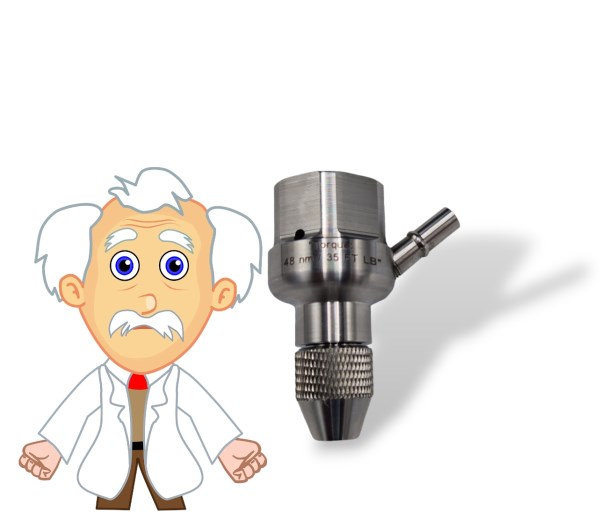 |
Welcome to AQUALON’s Knowledge Base — your trusted source for everything you need to know about our waterjet products and services. Here, you’ll find answers to questions like how an abrasive waterjet head works, along with:
- In-depth guides
- Technical specifications
- Troubleshooting advice
- Best practices.
Our resources are crafted to help you get the most out of our offerings, whether you’re a seasoned expert or just starting. Dive into our articles, tips, and FAQs – all designed to make your waterjet experience smoother, more efficient, and problem-free. We're here to ensure you find the answers you need!
|